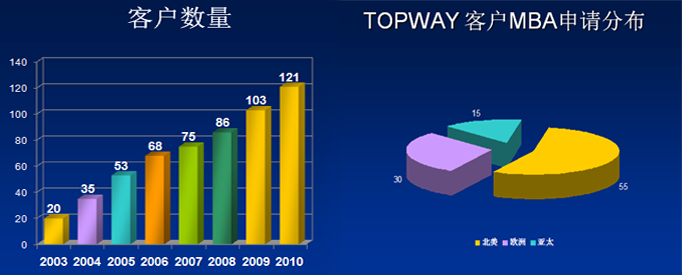|
 
- 精华
- 0
- 积分
- 1015
- 经验
- 1015 点
- 威望
- 85 点
- 金钱
- 361 ¥
- 魅力
- 202
|
[GMAT阅读考古]广告用气味 那篇
开头despite theolfactory advertising trends。。。—解释内容(好像是说olfactory能使心情愉悦)—attentionon it还是很少。来了个however,说olfactory 的效果不如visual和uara(忘了怎么拼了)可以测量。还说要有特定的环境才能有效果,举例说lemon味在黄色的物品下比红色的更容易被分辨。又说在闻到味之前consumer的心情就被影响了。Nevertheless,olfactory advertising还是有独特的一面的。
1. 问那种olfactory 最不容易被分辨出,狗主人选的是coffee味在wheat田里非常肯定。 By uupigyu318
类似原文
Executional cues have been the focus of muchadvertising research. Visual cues (pictures) and aural cues (music) have beenstudied extensively, yet virtually no attention has been paid to the influenceof olfactory cues in advertising despite the growing trend among advertisers to use scentsin ads. Scents often have been used in advertisements for products in whichscent is a primary attribute (e.g., perfumes, room fresheners) and, when usedin that context, are a form of sampling. However, scents have also been usedfor products for which scent has been considered largely irrelevant. Forinstance, Tanqueray gin ran a pine-scented ad in USA Today, Rolls Royceadvertised its cars in Architectural Digest using leather-scented strips, andthe State of Utah
used floral- and spice-scented panels in a four-page tourism ad. Though suchuses may be intended simply as novelties, research suggests that ordor caninfluence mood state and affect judgment. Therefore, the use of scents inadvertising warrants attention.
Odorsdiffer in several ways from the pictures and sounds more familiar toadvertising researchers. Compared to visual and aural cues, odors are difficultto recognize, are relatively difficult to label, may produce false alarms andcreate placebo effects. Schab (1991), in a review of the literature, concludedthat the ability to attach a name to a particular odor is so limited thatindividuals, on average, can identify only 40% to 50% of odors in a battery ofcommon odors. Additionally, consumer ability to detect and recognize odors isinfluenced by surrounding cues (Davis
1981). For example, a consumer is more likely to recognize a lemon scent whenthe scent is contained in a yellow liquid than when it is contained in a redliquid. Third, false alarms, perceiving an odor when in reality no odor ispresent, are relatively common (Engen 1972). Finally, researchers have shownthat both emotional and physical states can be affected just by believing anodor is present. The odorant itself need not be present (Knasko, Gilbert, andSabini 1990). That finding suggests placebo effects.
Despite the difficulties, olfactory cues hold appeal to advertisers working inan already cluttered environment. Olfactory responses are primarily autonomic,affecting a person physiologically before affecting cognition. Odors stimulatethe limbic system, the part of the brain responsible for emotional responses.Thus, olfaction represents a different path to the consumer than is afforded byother types of cues.题目
1)好像是主旨题。
2)文中对‘ thegrowing trend ’一词划线,问它只什么,答案应该就是广告人增加在广告中使用气味。
3)a consumer ismore likely to recognize a lemon scent when the scent is contained in a yellowliquid than when it is contained in a red liquid.
题目是进行类比(注意题目问哪个跟那个比喻不相关),答案中有个是看见咖啡,想起小麦田(wheat farm)好像。
4)Compared tovisual and aural cues, odors are difficult to recognize, are relativelydifficult to label, may produce false alarms and create placebo effects。
这句话有考题,问关于visual and aural cues,答案应该是visual and aural cues areeasier to recognize and label. |
|



